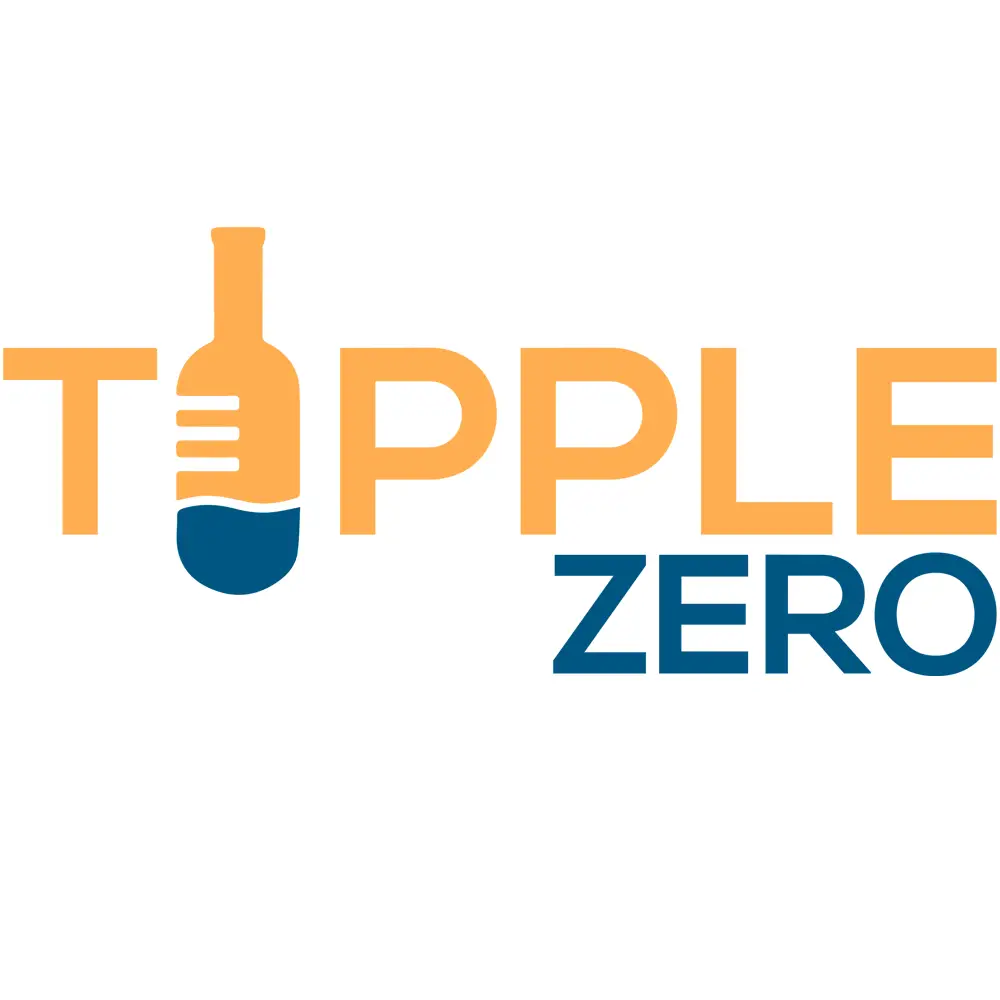How is Non-Alcoholic Wine Made?
Courtesy of Giesen Wines
Have you ever wondered how non-alcoholic wine is made? Maybe you have heard that alcohol gets vacuumed out of wine but physics has always been too hard! If any of that sounds like you, I’m here to help.
I came across an absolutely wonderful new video from the team at Giesen Wines. The video is focused on Duncan Shoulder, Chief Winemaker, Giesen Wines talking about their state-of-the-art alcohol extraction tool.
I’m glad to say the video perfectly answers the age-old question of ‘how is non-alcoholic wine made’. So much so I took a transcript of it for you below the video!
If you’re interested in the Giesen 0% wines take a look at the brand write-up for more information and you can look into the Giesen range over with Giesen Wines.
Video Transcript
So a lot of people do ask us ‘how did we come up with the idea of 0% Alcohol wine?’, and it actually started, doing a fitness challenge in 2019, where the winemaking team all signed up to have a fitness challenge for a month and that included drinking no alcohol, we all jumped at the chance and then realize what are we going to do, we can’t drink wine.
So we’ll sort of go around the table and try to figure out how we could do that. And of course, the first thing that came to mind is can we make wine without alcohol. And, really, things were born from there.
So when we make our 0% Alcohol wines we absolutely don’t compromise on the quality of the base wine that we use to make the products we really use very high-quality Sauvignon Blanc and other varieties now as well to create these alcohol wines that you taste.
And we also don’t compromise on the process. We’ve invested in spinning cone technology ourselves. So if we do it all in-house and control every part of the process to get the best quality wine that we can.
So, spinning cone technology is a really fascinating way of removing alcohol from a product like wine. What is very good at doing is removing alcohol at low temperatures so you don’t affect the natural flavor of the product.
When we produce our zero alcohol wines we take a classic baseline such as Sauvignon Blanc, we put it through the spinning cone using vacuum distillation and a large surface area that allows us to remove the alcohol and the aroma very slowly and very very delicately on the product, the first thing that’s removed is the aroma and we capture that in a little aroma strip, then we reintroduce the wine to the machine again and that removes all of the remaining alcohol.
And at the end of it, we have three components.
- We’ve got a wine with no alcohol and no aroma.
- We have a very concentrated aroma spirit; and
- Then we also have regular ethanol that then leads us on to the blending process.
So during the final blending process, the winemaking team have three key components, we have the
- zero alcohol wine with no aroma;
- we have the very concentrated aroma spirits; and
- then we also have some natural Sauvignon Blanc grape juice.
What we do is we combine these three elements.
First of all, we add a little bit of the aroma strip to the zero alcohol wine and that’s what gives the wine its characteristic Sauvignon Blanc flavor and aroma.
And then we want to build texture into the wine without alcohol, you do lack weight and texture, so we add natural Sauvignon Blanc grape juice to give it that texture, but we only add a small amount, we don’t want our wine to be too sweet, because we want it to be a classic style of Marlborough Sauvignon Blanc with no alcohol, and it also means that our calories are lower than most.
So the zero alcohol project for us has been a fascinating one and one of the key learnings has been that being able to control every step of the process is really key to the quality of the product and the consistency of the product.
So that drove us to actually buy our own spinning cone unit and invest a lot of money in the field.
It also means that we can get very very innovative with what we do with the spinning cone, we’ve got it on site now so we can put different wind styles through, we can get innovative with how we improve the quality and the consistency of the product, and it’s been really fascinating learning for all of us.
So, who out there is drinking our alcohol wines? and to be honest, the feedback that we’re getting is that it’s everybody, they’re very much occasion wines so they’re suitable for any occasion, whether it’s with food or with family or with friends, and any occasion where you choose not to or decide not to consume alcohol. These ones are perfect for that, and they are fantastic with food so I find a lot of people are drinking them with food now.
/end
Hopefully this answered you questions on “how is non-alcoholic wine made”!

